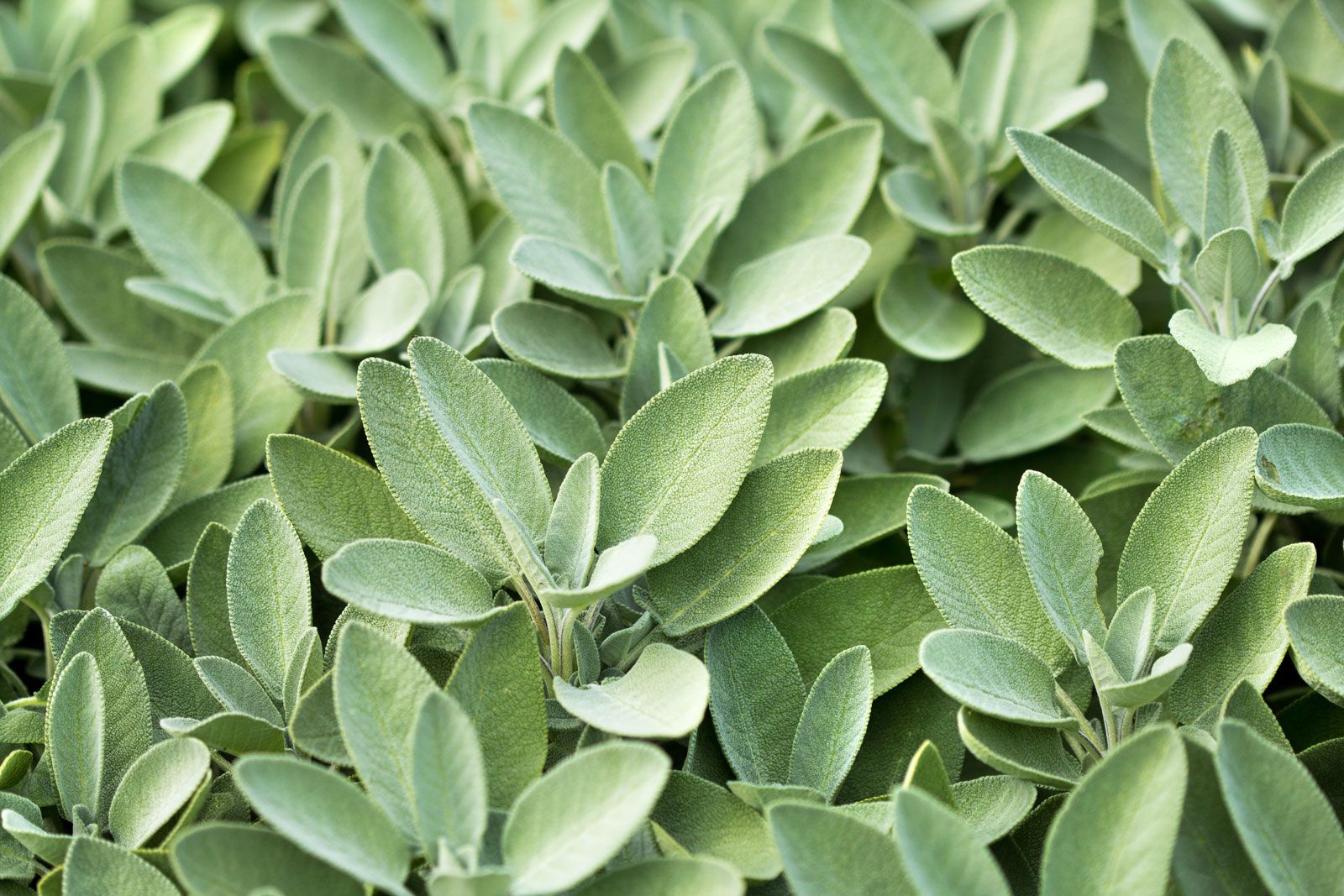
Sage: Description, Plant Uses, Herb Facts, and More

Sage, or Salvia officinalis, is a perennial herb from the mint family (Lamiaceae) that has been valued since ancient times for its culinary and medicinal properties. Originating from the Mediterranean region, sage is known for its aromatic and edible leaves, which add flavor depth to various dishes. Whether used fresh or dried, the distinctive taste of sage enhances a wide range of cuisines, especially in savory recipes like stuffing for poultry and pork.
The popularity of this herb extends far beyond merely culinary uses, as it holds a significant place in traditional medicine and natural remedies. What is a sage aside from being a culinary staple? It’s a powerhouse herb that brings numerous health benefits, making it essential for both cooking enthusiasts and those interested in herbal healing. This article delves into comprehensive information about sage, covering everything from its botanical description to its diverse uses, cultivation tips, and much more.
Overview of Sage
Sage is a herb that belongs to the large genus Salvia, which includes many species worldwide. Among these, Salvia officinalis is the most well-known and commonly used in cooking and natural therapies. What is sage? It’s an evergreen shrub that is celebrated for its aromatic foliage and alluring blossoms. Known for its status as a culinary herb, sage is not just a beautiful addition to gardens; it has significant historical and cultural importance as well.
Botanical Description
As a perennial plant, sage thrives in well-drained soil and moderate climates. What is the sage known for in terms of physical characteristics? Typically growing up to 60 cm tall, sage features distinctively shaped leaves that are rough or wrinkled and vary in color from gray-green to variegated patterns. The plant produces flowering spikes, which can be a spectacle for any garden, attracting pollinators such as bees and butterflies. The flowers of the sage plant can bloom in shades of purple, pink, white, or red, giving gardeners aesthetic appeal and ecological benefits.
Culinary Uses of Sage
The culinary uses of sage are diverse and rich in tradition. This herb is a popular addition to numerous dishes due to its robust flavor profile. What is sage used for? It is commonly incorporated into meat dishes, particularly in poultry and pork stuffing, where it amplifies the savory profiles. Its earthy notes also pair well with root vegetables, pasta, and sauces, making it a versatile herb in any kitchen.
- Stuffing and fillings: Sage is a staple herb, particularly during festive occasions like Thanksgiving, where it contributes to the flavor of stuffing.
- Meat dishes: Its strong flavor complements rich meats, enhancing roasted or grilled dishes.
- Herbal teas: Sage leaves can be steeped to create soothing herbal teas that promote wellness.
Medicinal Properties and Health Benefits
Beyond its culinary applications, sage has been recognized for its medicinal properties throughout history. Traditional herbalists have long relied on sage for treating ailments and promoting overall health. What is in sage that offers such benefits? The essential oil extracted from the leaves is rich in compounds like thujone and borneol, which possess antimicrobial and anti-inflammatory properties.
- Antioxidant effects: Sage leaves are packed with antioxidants, which help combat oxidative stress in the body.
- Digestive health: Traditionally, sage has been used to alleviate digestive issues and improve gut health.
- Cognitive benefits: Some studies suggest that sage may enhance memory and cognitive function, making it regarded as a brain tonic.
Growing and Caring for Sage
If you want to bring a touch of this aromatic herb into your own garden, understanding how to grow and care for sage is essential. What is sage plant cultivation like? Sage thrives in well-drained soil with plenty of sunlight. Ideally, it should be planted in a location that receives at least six hours of direct sunlight each day.
Watering should be done sparingly as sage prefers drier conditions, and overwatering can lead to root rot. ~It can be grown from seed or propagated through cuttings, and with appropriate care, a sage plant can flourish for many years. Information on sage cultivation emphasizes the importance of pruning to encourage bushy growth and prevent the plant from becoming leggy.
Harvesting and Preserving Sage
Knowing when and how to harvest sage is vital for maintaining its flavor quality. The best time to collect sage leaves is just before the plant flowers, as this is when the essential oils are most concentrated. Usage for sage typically involves harvesting a few leaves at a time, allowing the plant to continue growing. To preserve sage, you can dry the leaves by hanging them upside down in a dark, warm place, or by placing them in an airtight container.
Common Varieties of Sage
While Salvia officinalis is the most renowned type, there are many other varieties of sage prevalent around the world. Different types offer unique flavors and characteristics:
- Purple Sage: Known for its vibrant purple foliage, adding aesthetic value along with a slightly different flavor profile.
- Pineapple Sage: With its fruity aroma, this variety is delightful in teas and cooking.
- Golden Sage: This ornamental type has golden variegation and adds a decorative touch to gardens.
Essential Oil and Other Uses
Aside from culinary and medicinal purposes, sage is also known for its essential oil, which possesses various applications. What is sage essential oil used for? It's often employed in aromatherapy for its calming effects and is a popular ingredient in natural cleaning products due to its antimicrobial properties. Additionally, sage oil can be utilized in skin care for its soothing effects, making it a valuable item in holistic health and wellness kits.
Conclusion
In wrapping up, the herb sage is far more than just a kitchen staple; it offers a wealth of benefits, information, and versatility, making it a deserving addition to any herb lover's collection. Whether you are interested in the culinary uses, medicinal properties, or even just the aesthetic appeal of sage in your garden, this herb provides endless possibilities. From exploring sage information for health benefits to incorporating it into delicious recipes, understanding what is sage allows you to fully appreciate its role in our lives. Consider planting your own sage today, and enjoy the numerous benefits this extraordinary herb has to offer.
Did you find this article helpful? Sage: Description, Plant Uses, Herb Facts, and More See more here Education.
Leave a Reply






Related posts